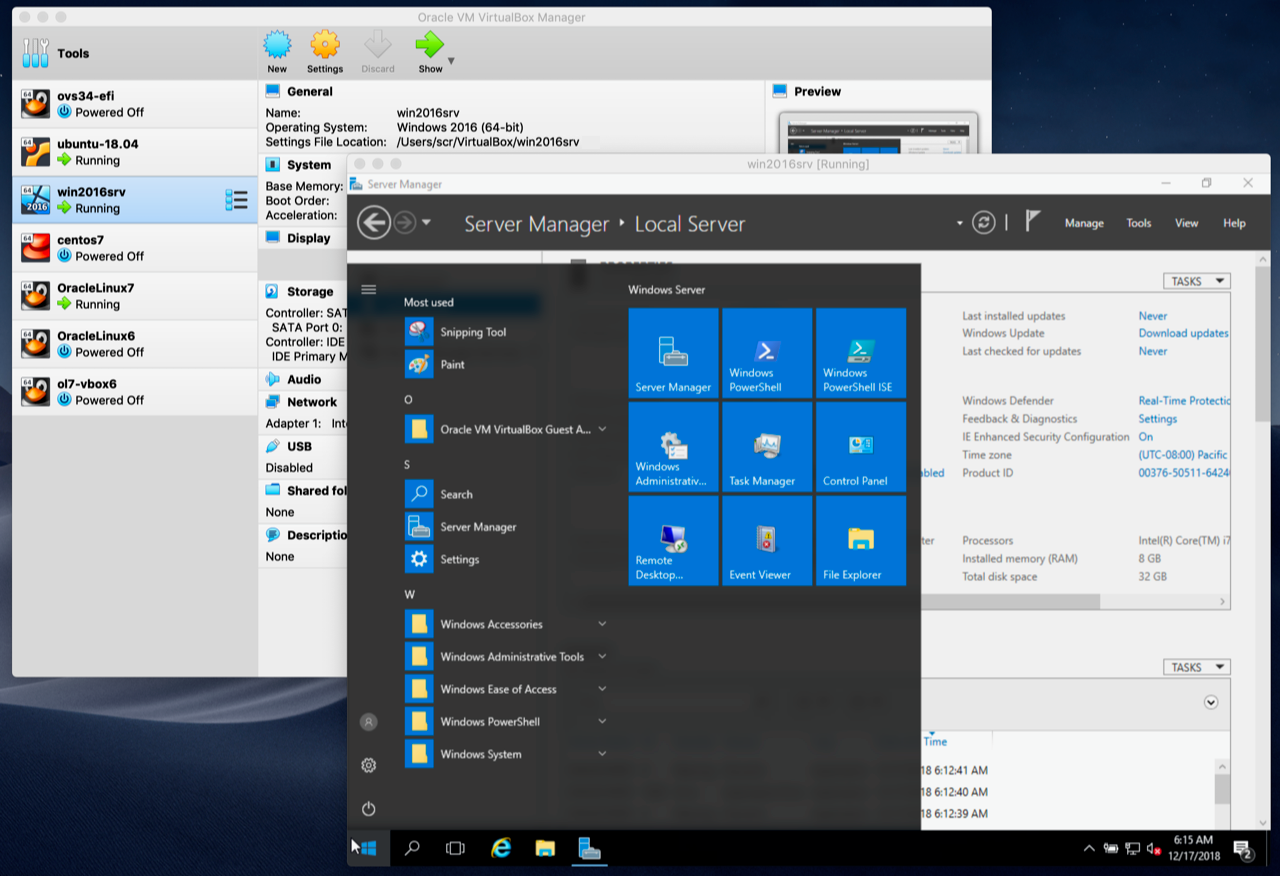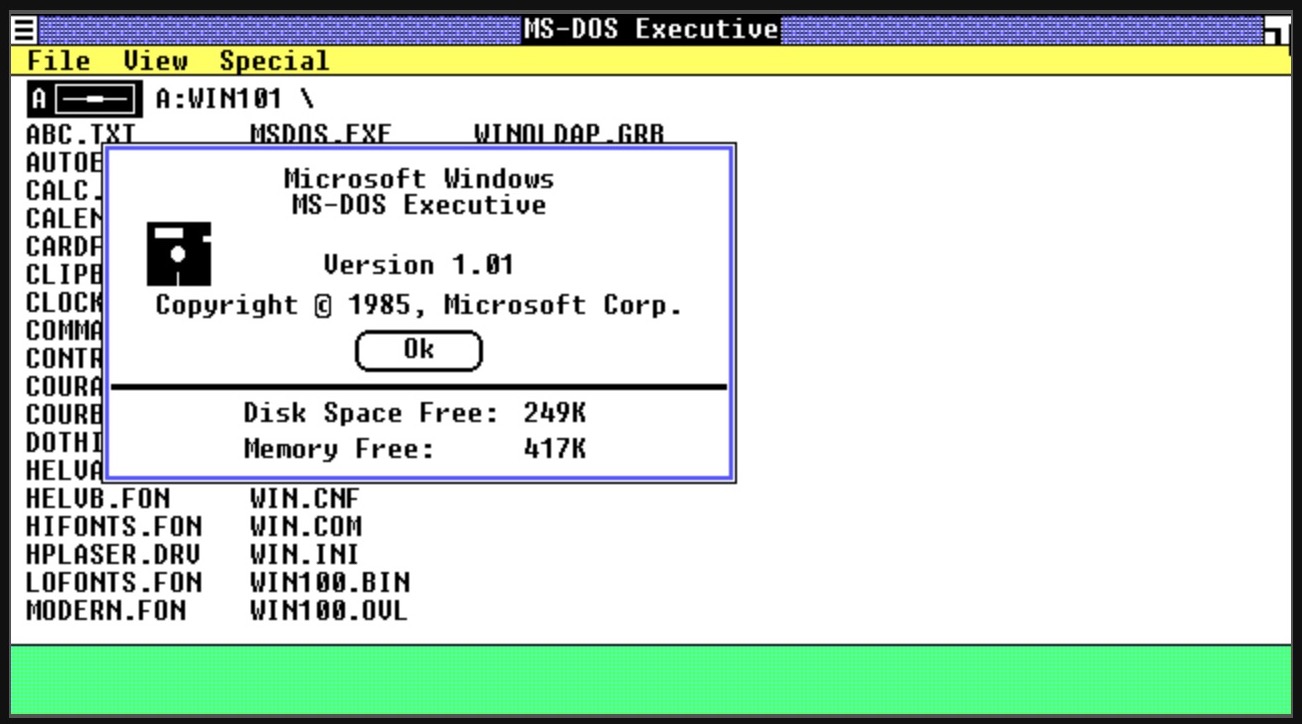

In the “Processor” tab, assign at least two processors to your virtual machine and check the “Enable PAE/NX” box.In the “Motherboard” tab, uncheck “Floppy” from the Boot Order list and select “ICH9” for your chipset.Select “System” from the sidebar and configure the following settings:.Select the macOS you just installed on the VirtualBox main screen.But you still need to configure the settings before you can start using it: The virtual machine is now added to your PC. Select the hard disk file you downloaded earlier on the next screen and click “Create.”.Allocate some of your RAM for the new virtual machine.Make sure you select “Mac OS X” as the system type and “Mac OS X 64-bit” as the system version.Name your virtual machine and choose its destination folder.Launch VirtualBox and click the “New” button to create a new virtual machine.Once you’ve installed VirtualBox and your macOS file is ready, create a Mac interface within your Windows in the following way:

Make sure there’s enough space on your computer as the file will be quite hefty. A copy of the macOS of your choice – You can download any still supported macOS version.Head to the VirtualBox website and grab the software from their page. A virtualizer – The best open-source, actively developed virtualizer out there is VirtualBox by Oracle Corporation.Virtual machines can be a bit demanding for PCs with lower specs, so make sure you use a capable device for this task for the smoothest experience.īesides a PC with strong specs, you’ll need to download two things to get started:


 0 kommentar(er)
0 kommentar(er)
